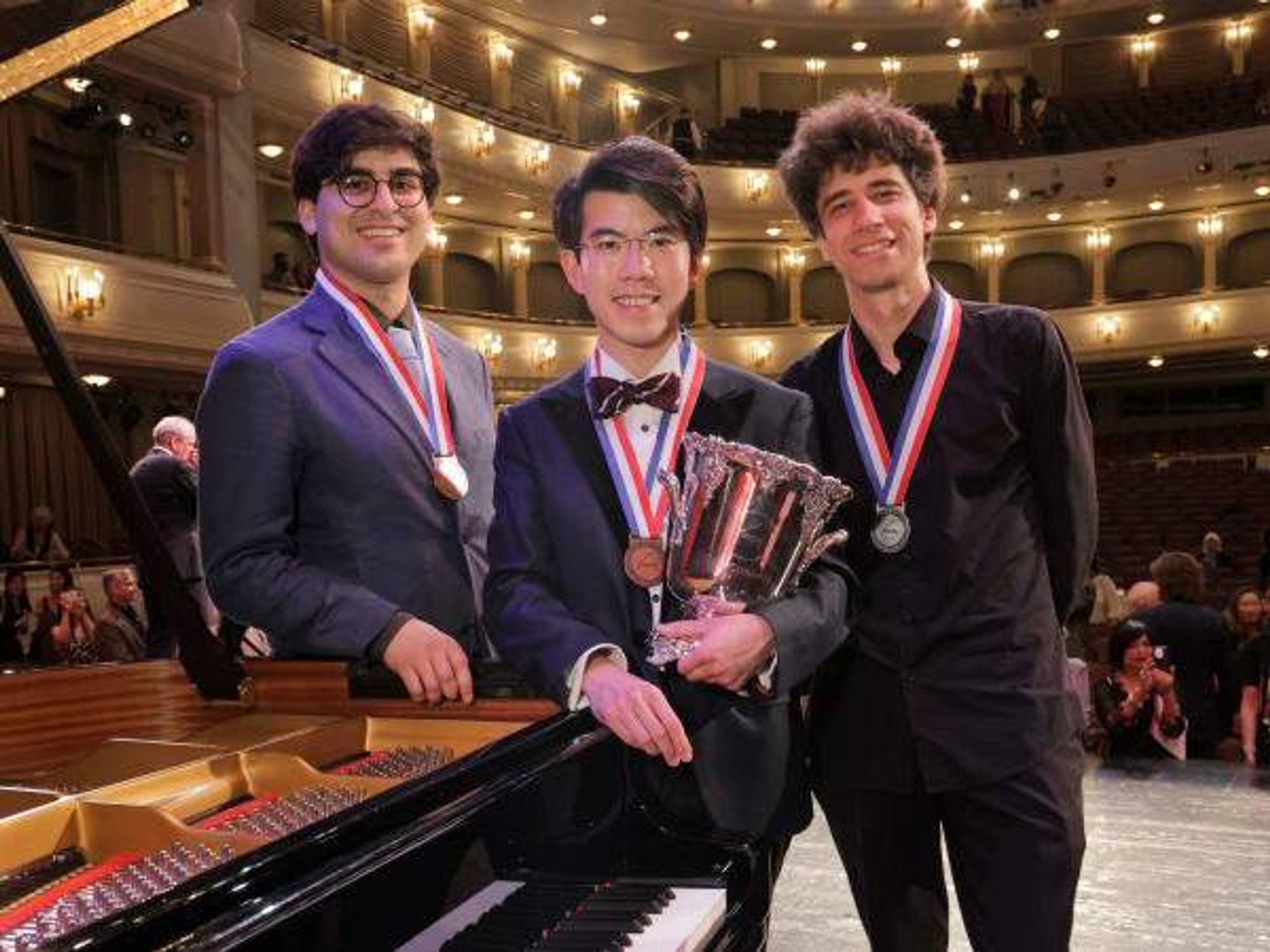Photography News
Carter Museum in Fort Worth showcases rare Western photos by celeb shooter

Ruby Mercer, publicist, Frontier Days, Cheyenne, Wyoming, 7/31/82, by Richard Avedon
Photographer Richard Avedon is best known for his work in fashion and portraits, but the Amon Carter Museum of American Art is showcasing another glorious side.
Called "Avedon's West," it's an installation of select works Avedon shot from 1979-1985 for an exhibit that was commissioned by The Carter in 1979. That exhibit, called "In the American West," was a landmark body of work of 124 photographs.
In celebration of the 100th anniversary of Avedon's birth, the Carter will showcase 13 of those 124 photographs, several on view for the first time since their 1985 premiere.
The museum-wide installation is on view at the Carter now through October 1.
"We are excited to take part in the national celebration of Richard Avedon’s 100th birthday and to have the opportunity to highlight this influential project, which our museum commissioned nearly 45 years ago,” says Carter Executive Director Andrew J. Walker in a statement.
"Today, Avedon’s 'In the American West' is regarded as a turning point in the photographic canon, challenging conceptions of portraiture and late twentieth-century American life," Walker says. "We are proud to be a part of the history of this monumental project, which is rooted in the Carter’s long-held commitment to working with living artists to tell a broader story of American art."
In 1979, the Carter commissioned Avedon to create a portrait of the region. He spent the next six summers, from 1979 to 1984, traveling to 189 towns in 13 states — Arizona, California, Colorado, Idaho, Iowa, Montana, Nevada, New Mexico, North Dakota, Oklahoma, South Dakota, Texas, and Wyoming — and into Canada.
He conducted 752 sittings of everyday and often marginalized people - oilfield and slaughterhouse workers, coal miners, students, and service workers - in the same iconic style he used in portraits of celebrities and politicians: against a seamless white backdrop, designed to remove visual markers of place and focus on the individuality of each person.
Each photograph is titled with subject name, location, date, and an occupation. The 1985 exhibition was regarded as a landmark work of portraiture and a definitive expression of the power of photographic art.
Highlights of the works on view in Avedon’s West include the following subjects and commentaries:
Ruby Mercer, publicist, Frontier Days, Cheyenne, Wyoming, 7/31/82 (1982) — This portrait is on view in the Modern America gallery, which highlights the explosive growth of technological advances and urban development in the twentieth century, and artists’ responses to these dramatic transformations. Avedon’s portrait of Mercer not only highlights the role of working women in the West, which is often overlooked in antiquated narratives of the region, but her profession as a publicist emphasizes the business of selling the West as a commodity.
Carol Crittendon, bartender, Butte, Montana, 7/1/81 (1981) — While most western art features male figures such as Euro-American cowboys, "In the American West" expands the narrative incorporating women more fully into the story of the West. Two photographs of Montanan women, including this portrait, are on view in the Legacy Gallery alongside iconic works by Charles Russell, who lived in Montana for over 40 years, broadening the gallery’s presentation of the American West to include other genders and professions.
Blue Cloud Wright, slaughterhouse worker, Omaha, Nebraska, 8/10/79 (1979), Avedon’s portrait of Wright is on view in the America as Landscape gallery, a space dedicated to depictions by nineteenth-century artists of the landscapes of what is now the United States. This positioning allows viewers to confront the reality of the slaughterhouse industry in a gallery that probes the relationships between humans, animals, and land in American national identity.
Rusty McCrickard, janitor, Tracey Featherston, motel maid, Dixon, California, 5/10/81 (1981) — As a photographer who spent his career photographing the powerful and famous, Avedon’s decision to turn his attention toward picturing everyday people in the same monumental style declares their importance and poses questions about class and equality that reverberate today. This portrait, on view in the Opulence and the Everyday gallery, focuses on the artwork that blossomed out of the affluence of the late nineteenth century. The insertion of Avedon’s subjects within the surrounding representations of wealthy socialites further reinforces the artist’s mission to democratize portraiture.

 Gun presented to Frank Sinatra. RIAC
Gun presented to Frank Sinatra. RIAC  "Princess Diana: Accredited Access," featuring photos of Anwar Hussein, ran January 17-April 6, 2025, at Arlington Museum of Art. Getty Images
"Princess Diana: Accredited Access," featuring photos of Anwar Hussein, ran January 17-April 6, 2025, at Arlington Museum of Art. Getty Images  The Cookies Chaos Milkshake is a winner. Photo courtesy of State Fair of Texas
The Cookies Chaos Milkshake is a winner. Photo courtesy of State Fair of Texas